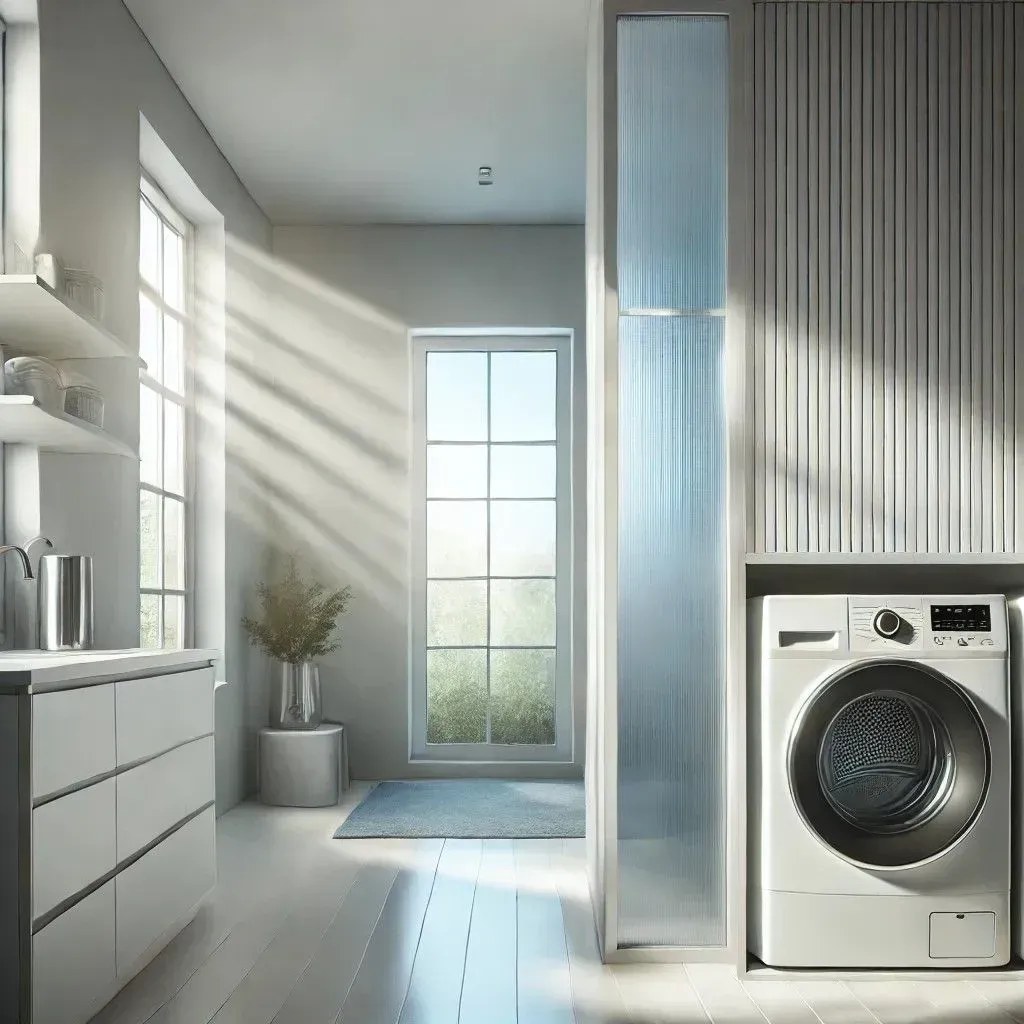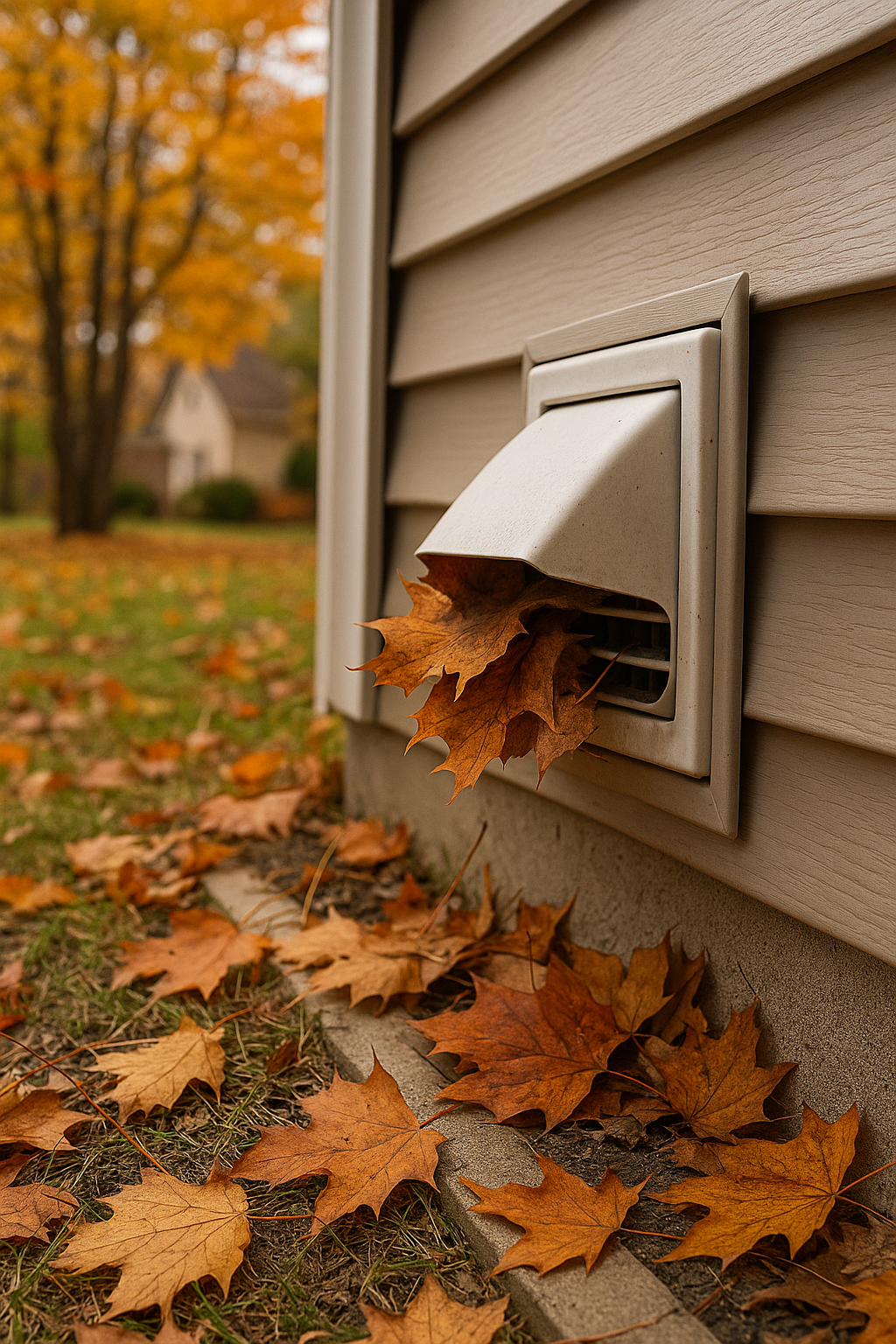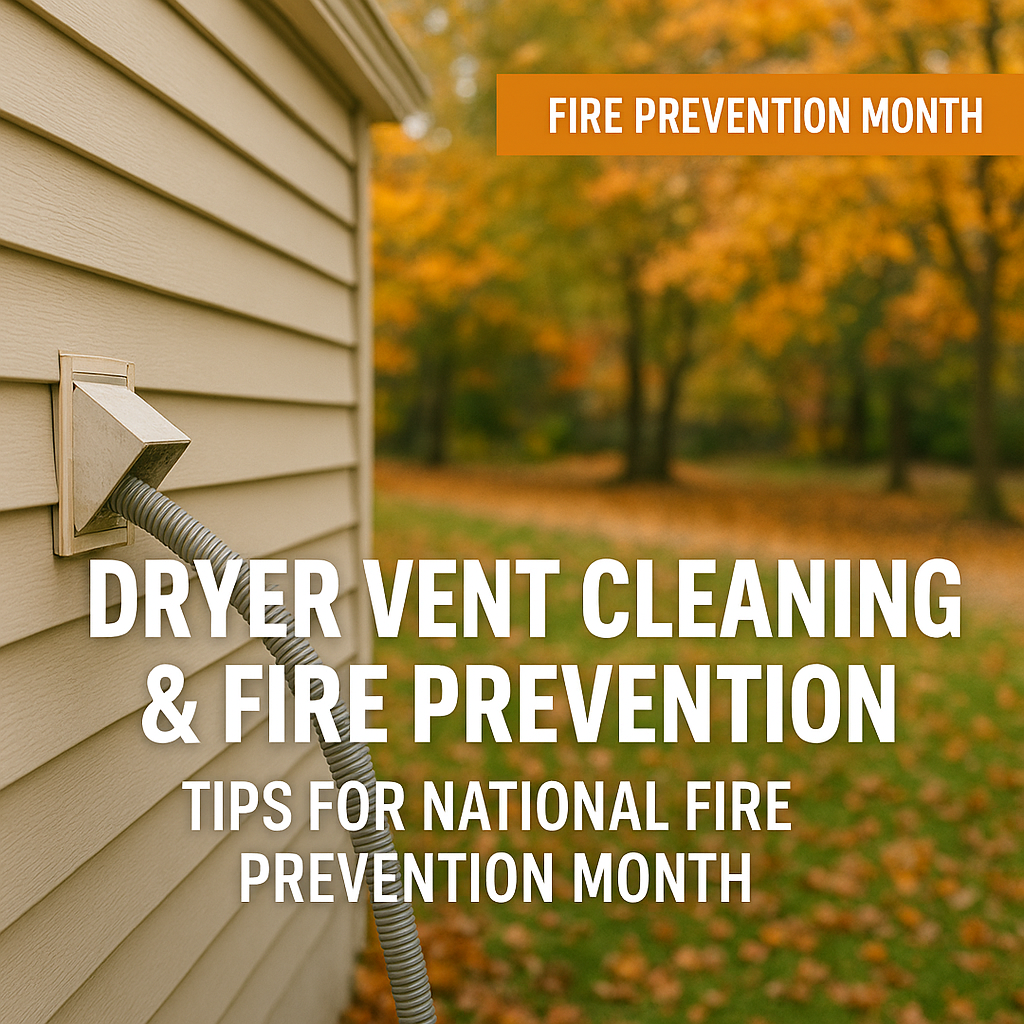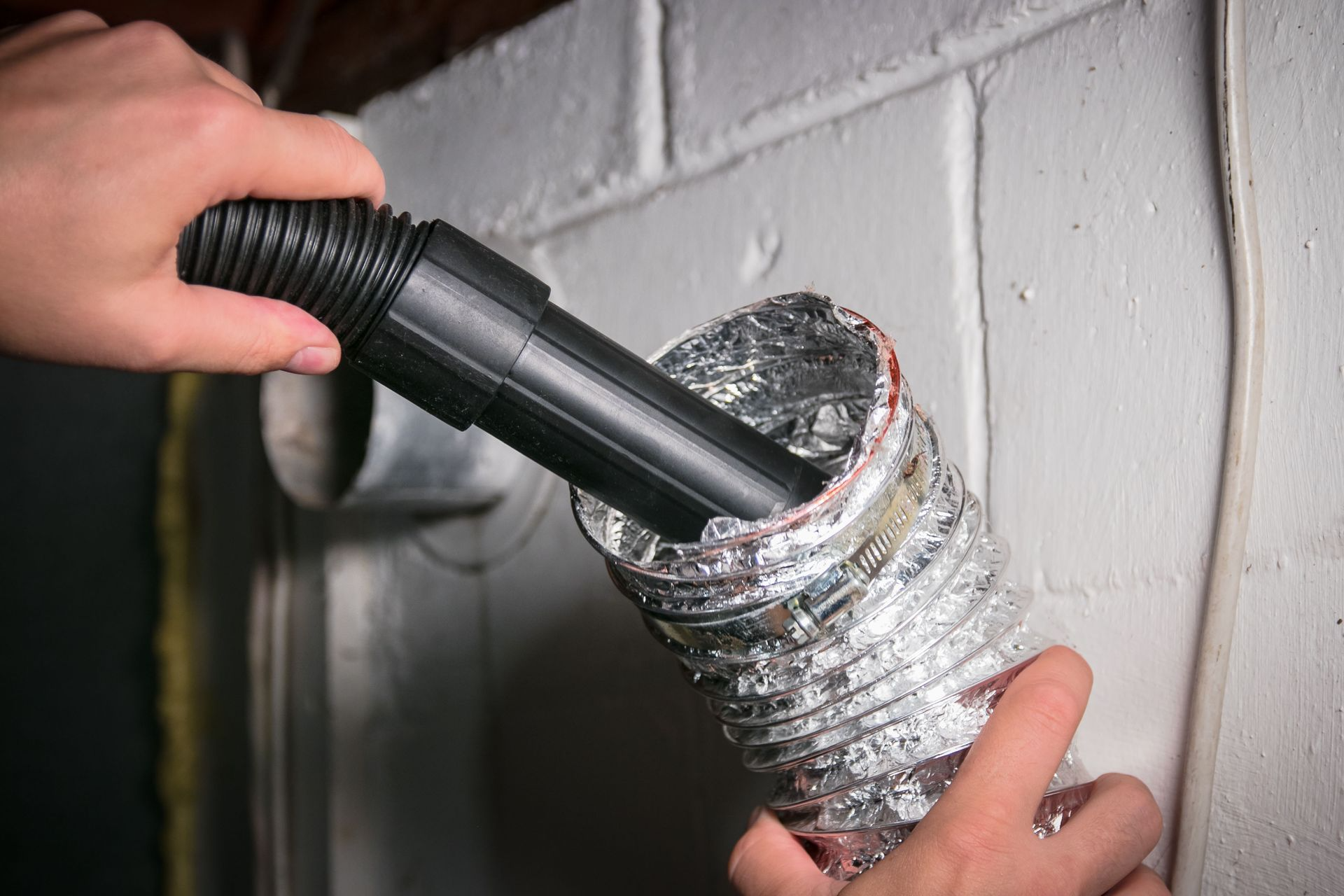Cold Weather and Dryer Vents: Common Problems in South Jersey Winters
The South Jersey winter brings beautiful snow, cozy nights, and... a surprisingly common set of appliance headaches. For homeowners in towns from Cherry Hill to Cape May, one of the most overlooked winter culprits is the humble dryer vent. When temperatures drop and moisture increases, your dryer vent system can face a few unique challenges that impact efficiency, hike up energy bills, and even create a fire hazard.
As your local experts, Dryer Vent Squad of South Jersey is here to explain the most common Winter Dryer Vent Issues we see when the deep freeze sets in and offer tips for proper Cold Weather Prep.
🥶The Top 3 Winter Dryer Vent Issues in South Jersey
1. Condensation and Ice Build-up
This is the most frequent issue we encounter. Your dryer expels hot, moist air. When that hot, moist air hits the freezing cold exterior of the vent system—especially the exterior cap—the moisture rapidly condenses and freezes.
- The Problem: Over time, this condensation turns into a solid plug of ice and frozen lint at or near the exterior vent cap. This severely restricts airflow.
- The Result: Your dryer has to work much harder and run for significantly longer cycles to dry a load, leading to higher energy consumption and premature wear on the appliance.
2. The Backdraft/Flap Freeze
Most dryer vent caps have a lightweight flap or louvers designed to open when the dryer is running and close when it's off. This flap is essential for keeping out cold air, pests, and moisture.
- The Problem: A small amount of moisture or lint near the hinge of the flap can freeze solid in sub-freezing temperatures, causing the flap to freeze shut or open.
- The Result: If it freezes shut, the dryer cannot expel air. If it freezes open, frigid South Jersey air is constantly being sucked back into your laundry room, cooling your home and wasting energy.
3. Critter Invasions Seeking Warmth
As the cold weather forces rodents, squirrels, and birds to look for warm, protected shelter, your dryer vent cap becomes a prime real estate target.
- The Problem: Animals enter the vent duct and build nests using lint and other materials, creating an immediate and dangerous blockage.
- The Result: A full blockage creates an extreme fire hazard. Hot air and dry lint can quickly ignite when trapped in the duct.
✅ Your Cold Weather Prep Checklist
Before the next big snowstorm hits, take these steps to prevent major Winter Dryer Vent Issues:
- Get a Professional Cleaning: The single best defense against freezing is to remove all existing lint. Less lint means less material for moisture to cling to and freeze. Call Dryer Vent Squad of South Jersey for a thorough inspection and cleaning before the serious cold arrives.
- Check the Exterior Cap: When checking the outside of your home, make sure the vent cap is free of snow and debris. You can often gently scrape away small amounts of ice, but be careful not to damage the flap.
- Use Shorter Cycles (Temporarily): If you suspect a partial freeze, running your dryer for a few shorter cycles (instead of one long one) can sometimes help warm the duct enough to melt minor ice buildup.
Don't let a blocked vent ruin your winter. Protect your home and your wallet by taking proactive steps. If your dryer is taking longer than one cycle to dry a typical load, especially in the cold, it’s a clear sign you need professional service.













